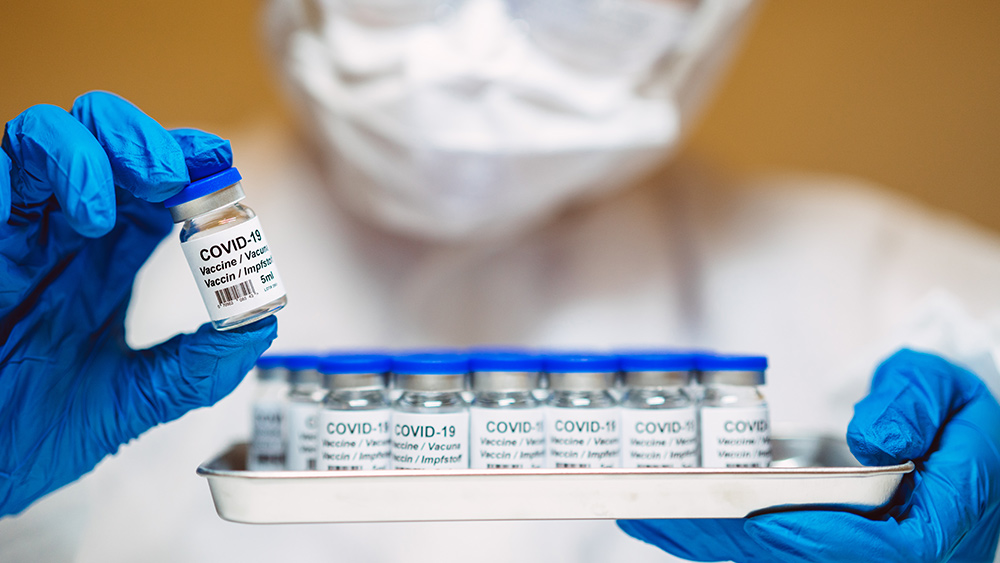 Parler
Parler Gab
Gab
Fast food menu prices climb despite Biden's claim that inflation is cooling
President Joe Biden's Department of Labor claimed that inflation overall is cooling. (Related: Food shortages and inflation continue as "Bidenomics" SPECTACULARLY FAILS.) However, numbers from the U.S. Bureau of Labor Statistics showed that menu prices at restaurants and other food service companies climbed 5.4 percent in October compared to the previous year. This is above overall inflation, which stood at 3.2 percent on an annual basis last month and more than double the pace of inflation for groceries. Meanwhile, some of the steepest price hikes occurred at fast-food restaurants, with prices at limited-service restaurants up 6.2 percent over the past year. Full-service restaurants have hiked their prices by 4.3 percent over the past year. Posts on social media that touted McDonald's meals that cost as much as $16 have gone viral. "Our average pricing level in the U.S. business for the full year will be just over 10 percent," Ian Borden, the company's CFO claimed. Even so, he noted that the size of the increases started to decline in the third quarter. The Golden Arches' costlier menu has been met with a drop in business from low-income customers, "which we would say is $45,000 and under and was negative from an industry standpoint," McDonald's President and CEO Chris Kempczinski told analysts. "That part of the business, we're seeing traffic in the quarter was down." Head over to Bubble.news for more stories related to the ever-soaring prices of food in the market. Watch Gregory Mannarino discuss the syrocketing food inflation and how the yield curve inverts even more. This video is from the High Hopes channel on Brighteon.com.More related stories:
Central banks are badly losing their war against FOOD INFLATION Wealthy shoppers now embracing discount stores amid worsening FOOD INFLATION. Democrat-induced food inflation set to continue into 2023, offering hard-pressed American families no relief. Sources include: TheEpochTimes.com S3.DocumentCloud.org [PDF] FeedingAmerica.org CBSNews.com Brighteon.comNATO chief wants MORE AID for Ukraine
By Richard Brown // Share
They are calling this “layoff season”
By News Editors // Share
OpenAI researchers warn board that rapidly advancing AI technology threatens humanity
By Ethan Huff // Share
Americans need to make $11,400 more today to maintain the same standard of living they had in 2021
By Laura Harris // Share
By Arsenio Toledo // Share
Governments continue to obscure COVID-19 vaccine data amid rising concerns over excess deaths
By patricklewis // Share
Tech giant Microsoft backs EXTINCTION with its support of carbon capture programs
By ramontomeydw // Share
Germany to resume arms exports to Israel despite repeated ceasefire violations
By isabelle // Share









